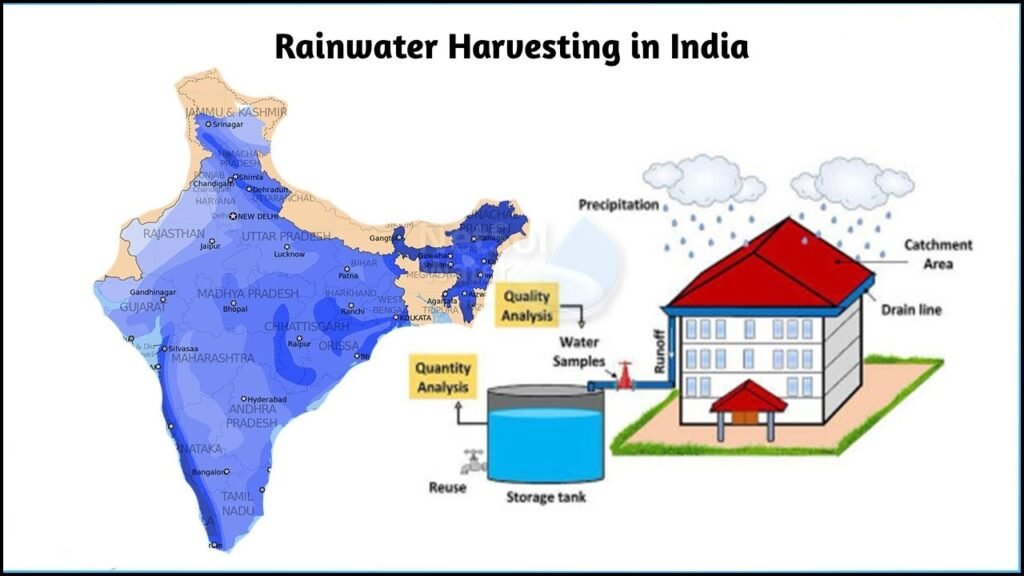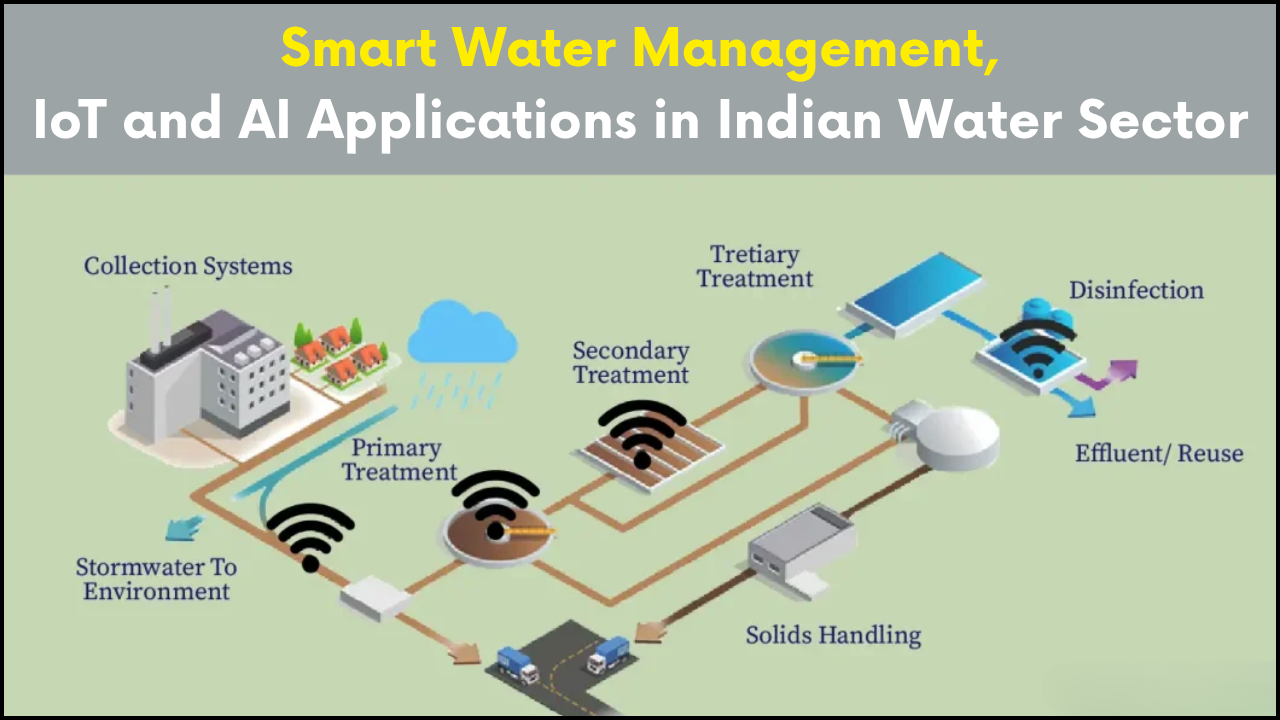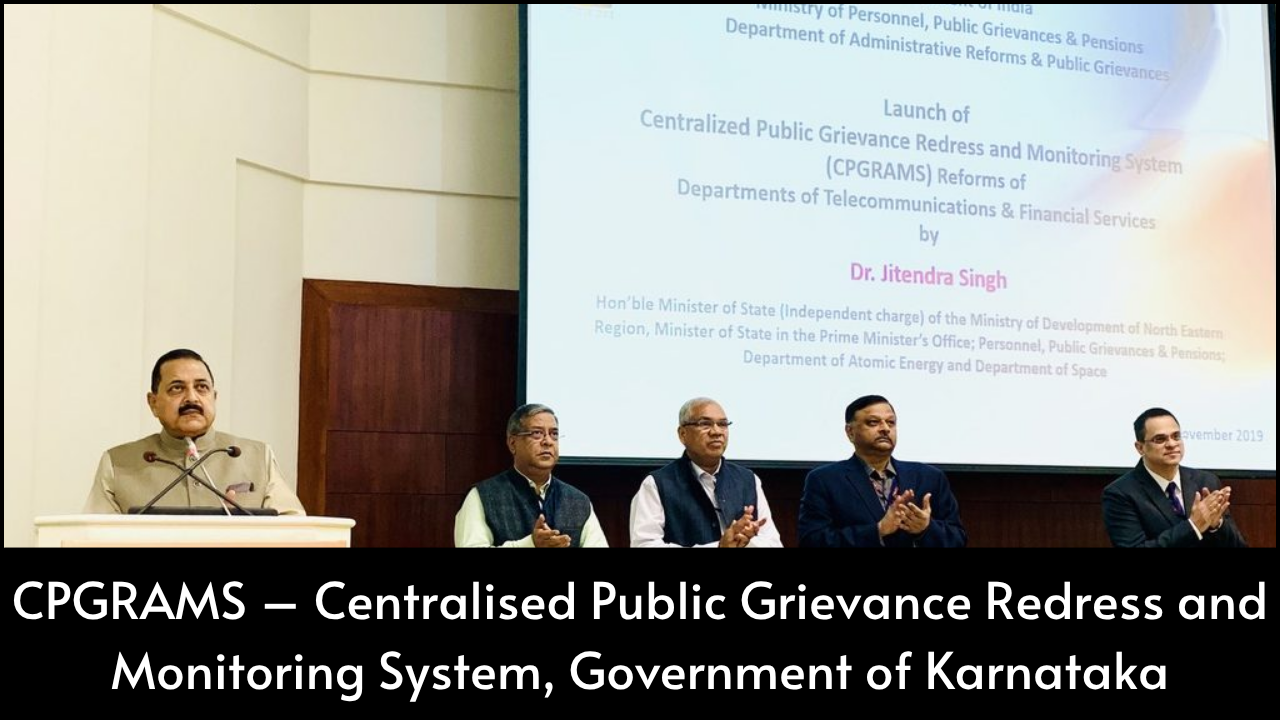
Rainwater harvesting has become an important solution in India to deal with the increasing problem of water shortage. Many regions of the country face irregular rainfall, dry summers, and groundwater depletion. Rainwater harvesting offers a simple and natural way to collect, store, and use rainwater for various purposes. The system is eco-friendly and cost-effective, and it is being promoted by both the government and private organizations. A growing number of schools, homes, offices, and public buildings have started to install rainwater harvesting systems.
Table of Contents
Need for Rainwater Harvesting in India
- Uneven Rainfall Distribution: Many parts of India receive heavy rainfall during monsoon but remain dry for the rest of the year.
- Water Scarcity in Urban and Rural Areas: Cities suffer from overuse of groundwater, while villages often depend only on rainfall or rivers.
- Over-extraction of Groundwater: Farmers and industries use large amounts of underground water, causing the water table to drop.
- Floods and Water Logging: Uncollected rainwater often leads to urban flooding and waste of precious resources.
- Climate Change Effects: Changing weather patterns affect rainfall, making water availability less predictable.
Types of Rainwater Harvesting Methods
- Rooftop Harvesting: Rainwater from the roof is collected through pipes and stored in tanks.
- Surface Runoff Collection: Water that flows on roads and open grounds is directed into pits or storage structures.
- Recharge Pits: Water is allowed to seep into the ground through specially designed pits to refill the groundwater.
- Percolation Tanks: These are shallow tanks that allow rainwater to slowly filter into the soil.
- Check Dams: Small barriers are built across streams to hold back rainwater and allow it to soak into the ground.
Components of a Rainwater Harvesting System
| Component | Description |
|---|---|
| Catchment Area | Surface like a rooftop or ground where rain falls. |
| Conveyance System | Pipes and gutters that transport water from the catchment to storage. |
| First Flush System | A mechanism that removes the first dirty water after rain begins. |
| Filter Unit | Removes dirt, leaves, and other debris before storing water. |
| Storage Tank | A container where clean rainwater is stored for future use. |
| Recharge Structures | Pits or wells where water is absorbed into the ground to recharge aquifers. |
Benefits of Rainwater Harvesting
- Reduces Water Bills: Buildings can reduce dependence on municipal water and cut monthly costs.
- Prevents Water Logging: Proper collection of rainwater helps avoid water accumulation on roads and fields.
- Improves Groundwater Levels: Recharging systems help raise the water table and restore underground sources.
- Reduces Soil Erosion: Captured rainwater does not flow freely on the ground, reducing soil loss.
- Promotes Self-Sufficiency: Rural households and farms can rely on stored rainwater during dry periods.
Government Initiatives Supporting Rainwater Harvesting
| Initiative | Details |
|---|---|
| Mahatma Gandhi NREGS | Supports the building of water harvesting structures in rural areas. |
| Jal Shakti Abhiyan | Promotes water conservation and rainwater harvesting across the country. |
| Atal Mission for Rejuvenation (AMRUT) | Encourages urban rainwater management in selected cities. |
| State-Level Policies | States like Tamil Nadu and Rajasthan have made rainwater harvesting mandatory. |
| Subsidies for Individuals | Some local bodies provide financial support for installing systems. |
States Leading in Rainwater Harvesting
- Tamil Nadu became the first state to make rooftop harvesting mandatory for all buildings.
- Rajasthan: Traditional structures like kunds and johads are used to harvest water.
- Maharashtra: Many villages have adopted watershed development and rainwater harvesting projects.
- Karnataka: Urban areas are encouraged to use rainwater harvesting for residential and commercial buildings.
- Himachal Pradesh: Hill areas use rooftop systems to collect and store water due to uneven rainfall.
Challenges in Rainwater Harvesting Implementation
- Lack of Awareness: Many people still do not know how simple and useful rainwater harvesting can be.
- Initial Cost: Installation may be expensive for some, especially in poor rural households.
- Poor Maintenance: Systems often fail due to clogged filters or damaged storage tanks.
- Improper Design: Inaccurate structure planning can result in low water collection or overflow.
- Urban Space Constraints: Many buildings in cities lack space for full-scale harvesting systems.
Traditional Rainwater Harvesting Systems in India
| System Name | Region | Details |
|---|---|---|
| Kunds | Gujarat and Rajasthan | Circular underground wells to collect rainwater. |
| Johads | Haryana and Rajasthan | Small check dams are used to store and recharge water. |
| Bawdis (Stepwells) | Madhya Pradesh and Gujarat | Deep wells with steps that collect and store rainwater. |
| Zings | Ladakh | Channels that carry water from melting snow to fields. |
| Eris (Tanks) | Tamil Nadu | Traditional water tanks that support agriculture and daily needs. |
Role of Schools, Colleges, and NGOs
- Awareness Campaigns: Workshops and sessions are held to educate people about water conservation.
- Student Participation: Schools involve students in small projects and competitions related to rainwater harvesting.
- Model Installations: Colleges and institutions set up pilot systems to show how the process works.
- Community Projects: NGOs help install systems in villages and slum areas with limited resources.
Maintenance Tips for Rainwater Harvesting Systems
- Clean Catchment Areas Regularly: Ensure roofs and open grounds are clear of leaves and dirt.
- Check Filters and Pipes: Remove blockages and replace worn-out filters.
- Disinfect Stored Water: Use bleaching powder or natural methods to clean water if it’s stored for a long time.
- Monitor Water Level: Use level indicators to check storage and usage patterns.
- Inspect Tanks for Cracks: Fix leakages and keep tanks covered to prevent mosquito breeding.
The Bottom Line
Rainwater harvesting in India presents a powerful solution to the increasing water crisis. A well-designed and maintained harvesting system can provide long-term benefits to both urban and rural communities. Government support, public awareness, and active participation can together make rainwater harvesting a regular practice across the country. Proper use of rainwater not only conserves a vital resource but also builds a water-secure future for India.





